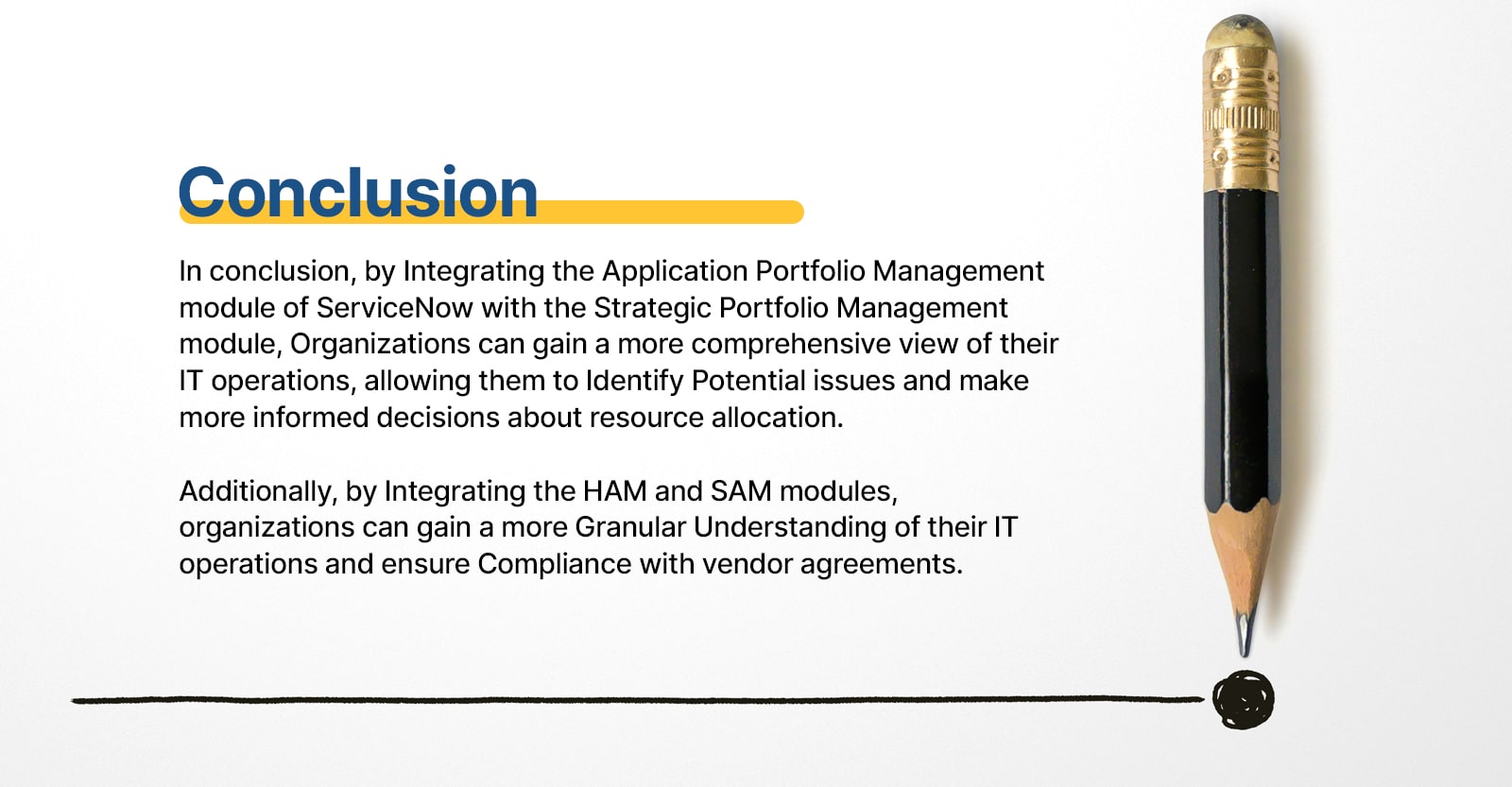Introduction
In today's rapidly evolving digital landscape, organizations are constantly seeking ways to adapt and thrive. The Click here to find out more process of digital transformation has become a crucial aspect for businesses to stay competitive and meet the ever-changing demands of their customers. One essential component Article source of this transformation is the role of enterprise architecture. In this article, we will explore the importance of enterprise architecture in enabling digital transformation and how it can drive organizational success.
The Role of Enterprise Architecture in Enabling Digital Transformation
Enterprise architecture plays a pivotal role in enabling digital transformation by providing a strategic framework for aligning business objectives with technological advancements. It acts as a bridge between business processes, information systems, and technology infrastructure to ensure that organizations can effectively leverage digital technologies to achieve their goals.
What is Enterprise Architecture?
Enterprise architecture refers to the practice of designing and managing an organization's overall structure, processes, information flows, and technology infrastructure. It provides a holistic view of an organization's current state and future goals, allowing for better decision-making and resource allocation.
How Does Enterprise Architecture Enable Digital Transformation?
Solution Architecture: Solution architecture is an integral part of enterprise architecture that focuses on designing specific solutions to address business challenges. By leveraging solution architecture principles, organizations can identify gaps in existing systems and design innovative solutions that align with their digital transformation goals.
Solution Architecture Management: Effective management of solution architecture ensures that the designed solutions are implemented successfully. It involves overseeing the development, integration, and maintenance of different software solutions within an organization.
Solution Architect: A solution architect is responsible for translating business requirements into technical solutions that support digital transformation initiatives. They work closely with stakeholders across different departments to ensure that the designed solutions meet business needs while adhering to architectural standards.
Application Portfolio Management: Application portfolio management (APM) is a critical aspect of enterprise architecture that involves managing an organization's collection of software applications. By evaluating the relevance, performance, and cost-effectiveness of different applications, APM helps organizations optimize their application landscape and make informed decisions about adopting new technologies.
ServiceNow Application Portfolio Management: ServiceNow is a popular platform that provides tools and solutions for effective application portfolio management. It offers features such as application rationalization, portfolio analysis, and strategic planning, enabling organizations to streamline their application landscape and align it with their digital transformation goals.
Enterprise Architecture Tools: Various enterprise architecture tools are available in the market that facilitate the design, analysis, and management of an organization's architecture. These tools provide functionalities such as visual modeling, documentation, impact analysis, and integration capabilities to support digital transformation initiatives.
Enterprise Architecture Solutions: Enterprise architecture solutions offer comprehensive frameworks and methodologies for organizations to establish and maintain their architectural capabilities. These solutions provide guidance on how to align business strategies with technology investments, design future-proof architectures, and ensure ongoing governance and compliance.

Enterprise Architecture Management: Enterprise architecture management involves overseeing the entire lifecycle of an organization's architecture, from planning and design to implementation and maintenance. Effective management ensures that architectural principles are consistently applied across projects and that architectural dependencies are identified and managed effectively.
FAQs about The Role of Enterprise Architecture in Enabling Digital Transformation
What is the primary goal of enterprise architecture?- The primary goal of enterprise architecture is to align business objectives with technological advancements to drive organizational success.
- Solution architecture helps organizations design innovative solutions that address business challenges and support digital transformation initiatives.
- A solution architect translates business requirements into technical solutions that support digital transformation goals by collaborating with stakeholders across different departments.
- Application portfolio management helps organizations optimize their application landscape and make informed decisions about adopting new technologies, which is crucial for digital transformation.
- Some popular enterprise architecture tools include TOGAF, ArchiMate, Sparx Enterprise Architect, and ServiceNow's Enterprise Architecture module.
- Enterprise architecture management ensures that architectural principles are consistently applied across projects and that architectural dependencies are identified and managed effectively.
Conclusion
In conclusion, the role of enterprise architecture in enabling digital transformation cannot be overstated. It provides organizations with a strategic framework to align business objectives with technological advancements, ensuring that they can effectively leverage digital technologies to achieve their goals. By embracing solution architecture, effective management, and utilizing the right tools and solutions, organizations Discover more here can drive successful digital transformation initiatives and stay ahead in today's competitive landscape.
